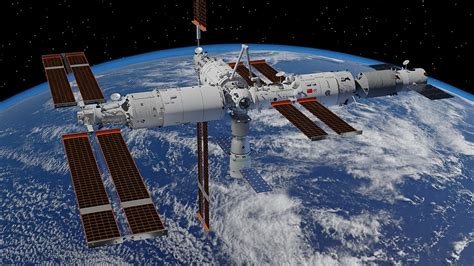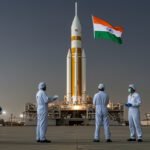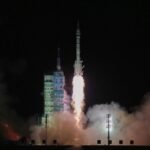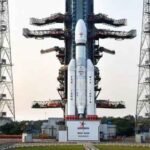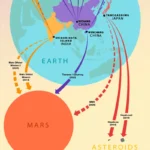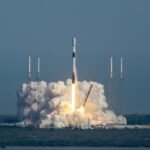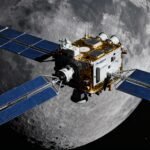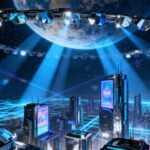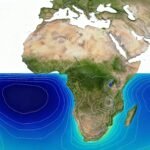For more than two decades, the International Space Station (ISS) has symbolized global cooperation in orbit. But now, a new outpost has joined Earth’s skyline — China’s Tiangong Space Station (meaning Heavenly Palace). Compact, advanced, and entirely homegrown, Tiangong marks China’s rise as a major space power.
So, what sets it apart from the ISS? Let’s explore how Tiangong redefines what a space station can be.
Tiangong: China’s Gateway to the Stars
Unlike the ISS, which was built by five international space agencies (NASA, ESA, JAXA, Roscosmos, and CSA), Tiangong is entirely designed, launched, and operated by China’s CNSA (China National Space Administration).
Construction began in 2021, with three main modules:
- Tianhe (Harmony of the Heavens) — the core module, serving as the crew’s living quarters and control hub.
- Wentian (Quest for the Heavens) — a science lab module for microgravity experiments.
- Mengtian (Dreaming of the Heavens) — another lab module, focusing on space technology and material science.
Together, these form a T-shaped structure, orbiting about 400 km above Earth — similar to the ISS altitude, but built with next-generation systems for autonomy and efficiency.
Smaller but Smarter — Design Philosophy
While the ISS weighs over 400 tons, Tiangong is more compact at around 100 tons. But don’t mistake size for weakness — this smaller scale means:
- Faster assembly — Tiangong was built in just 18 months.
- Modern tech — no legacy components from the 1990s like the ISS.
- AI-assisted operations — the station uses automation for orientation, life support, and system checks.
This makes Tiangong less reliant on constant ground communication — a key step toward long-term independence in orbit.
Life on Tiangong — High-Tech Living in Orbit
Chinese astronauts, or taikonauts, typically stay aboard for six-month missions, conducting science experiments, Earth observations, and maintenance tasks.
The Tianhe core module features:
- Private sleeping quarters for three crew members
- Exercise and hygiene facilities
- A dining area and entertainment screens
- A regenerative life-support system recycling air and water
China’s engineers also designed robotic arms for moving payloads and assisting astronauts during spacewalks — similar in function to Canada’s Canadarm2 on the ISS.
International Collaboration — A New Kind
Although the ISS is a global partnership, Tiangong represents a new model of international cooperation. China invites participation under the UN Office for Outer Space Affairs (UNOOSA) program, allowing developing nations to propose experiments.
More than 15 countries — including Italy, France, Germany, and Kenya — are already planning joint missions or research projects.
This approach positions Tiangong as an inclusive alternative — a second platform where nations outside the ISS program can conduct space science.
Future Vision — Beyond Low Earth Orbit
CNSA has confirmed plans to:
- Expand Tiangong with new modules and a space telescope that can dock with the station.
- Use it as a training and testing base for Moon and Mars missions.
- Maintain it for 15+ years, overlapping with the ISS retirement (expected around 2030).
When the ISS is decommissioned, Tiangong could become the only operational space station in low Earth orbit — marking a significant shift in space leadership.
Key Differences at a Glance
| Feature | ISS | Tiangong |
|---|---|---|
| Operators | NASA, ESA, JAXA, Roscosmos, CSA | CNSA (China) |
| Crew Capacity | Up to 7 | Up to 3 (expandable to 6) |
| Mass | ~420 tons | ~100 tons |
| Construction Time | 13 years (1998–2011) | ~1.5 years (2021–2022) |
| Orbit Altitude | 400–420 km | ~400 km |
| Primary Goal | International research collaboration | Independent scientific research & global access |
| Lifespan | Until ~2030 | 15+ years |
A New Era of Space Stations
With Tiangong fully operational, humanity now has two orbital homes — one symbolizing global unity, the other reflecting technological self-reliance.
As the ISS nears retirement, Tiangong’s presence ensures that space remains accessible for human research. More importantly, it showcases how new players can lead in the next chapter of space exploration — not by repeating history, but by building their own path among the stars.

